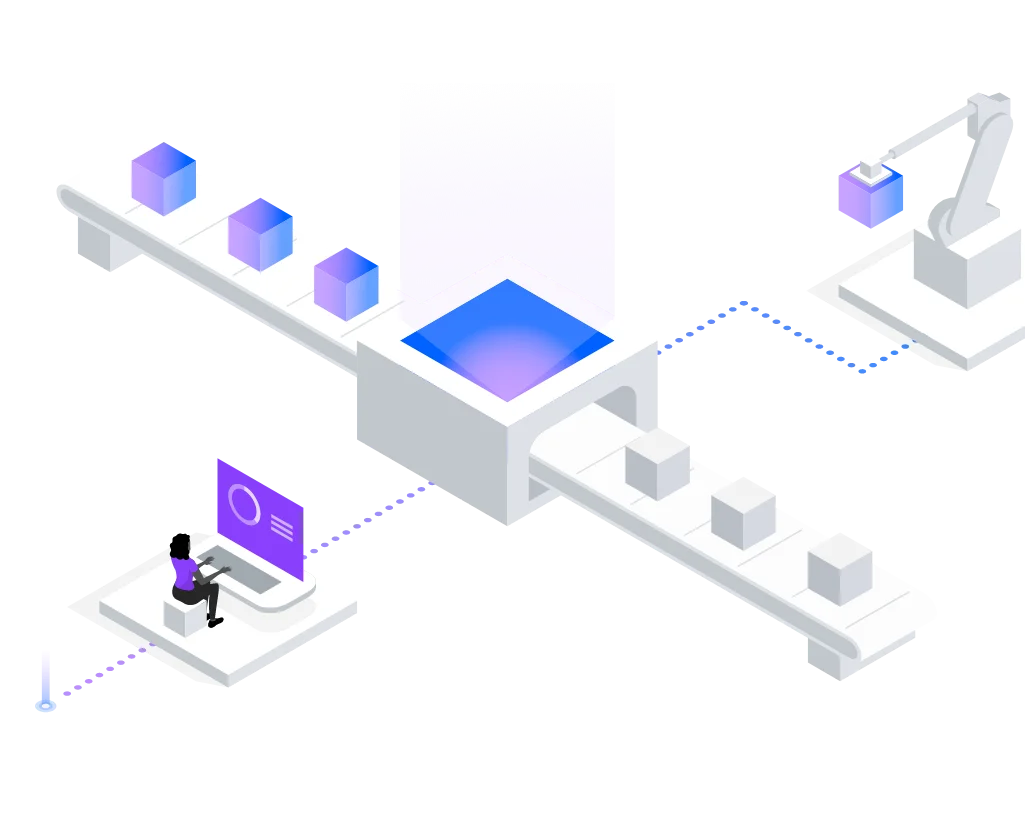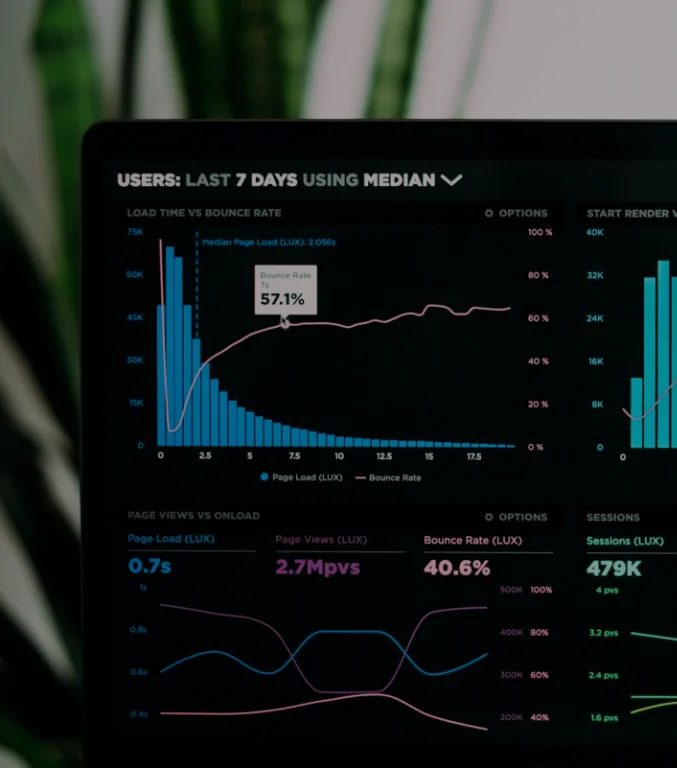Big Data Insights: Fueling the Next Wave of Business Innovation
Enterprises need robust data repositories for advanced analytics to thrive. Companies providing strategic, governed access to data-driven insights can innovate, anticipate disruptions, and maintain a competitive edge. This article explores the types of data analytics, industries leveraging Big Data, innovations in data visualization, and how Uvation maximizes Big Data and analytics.




